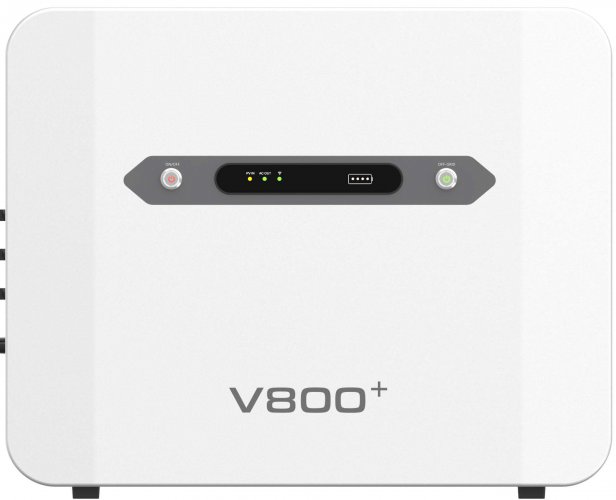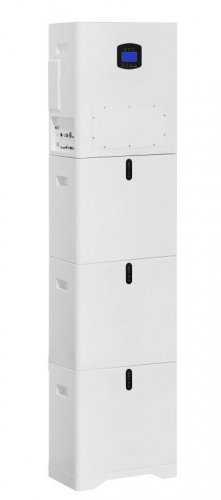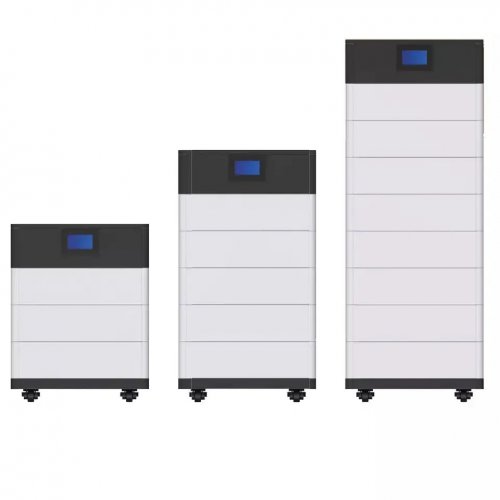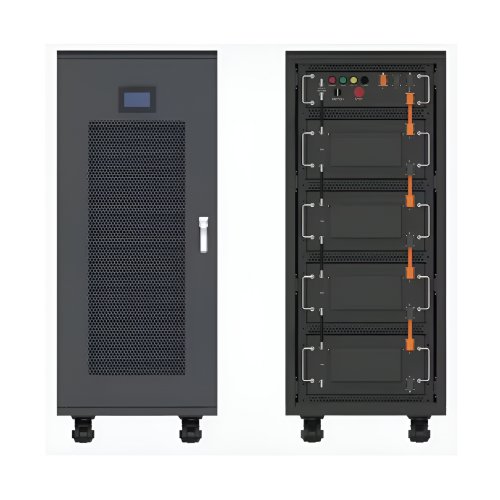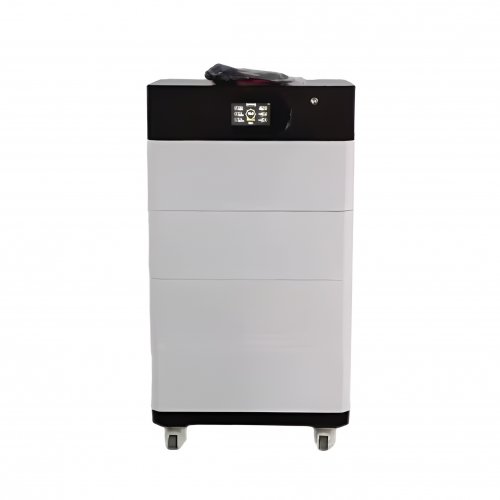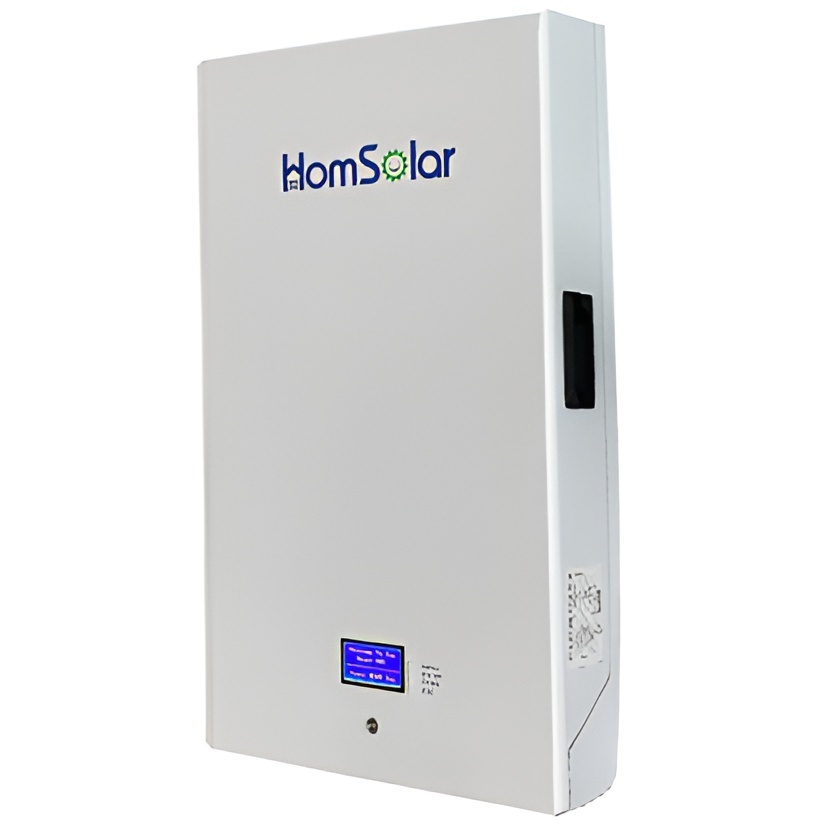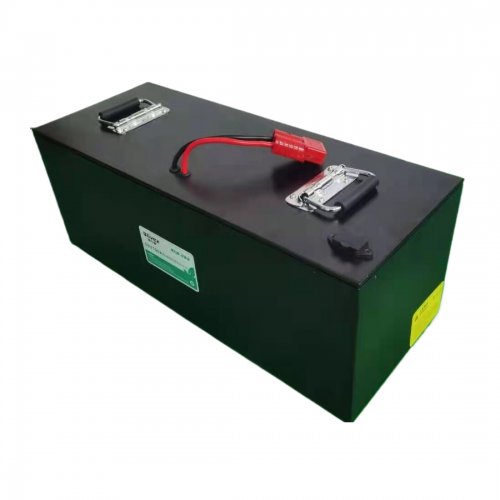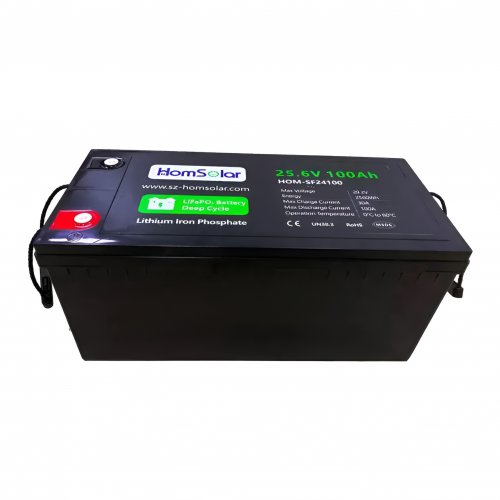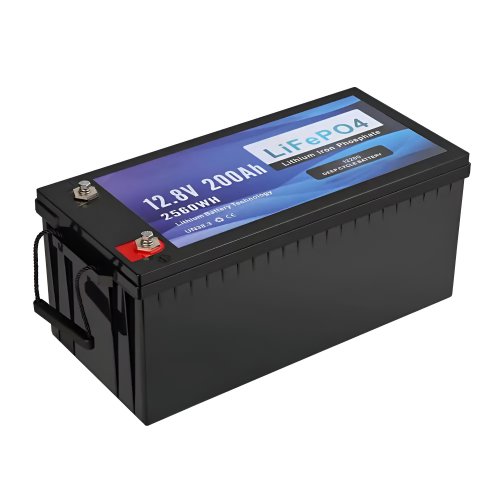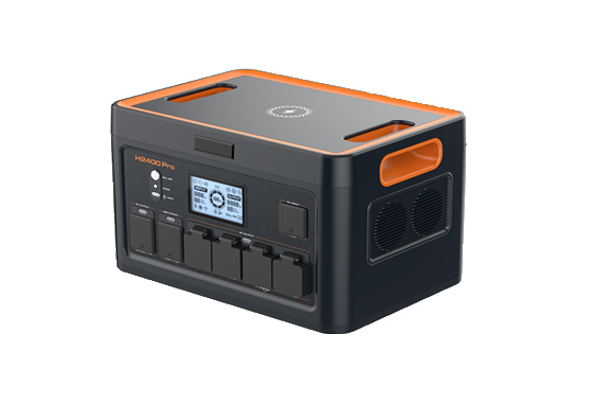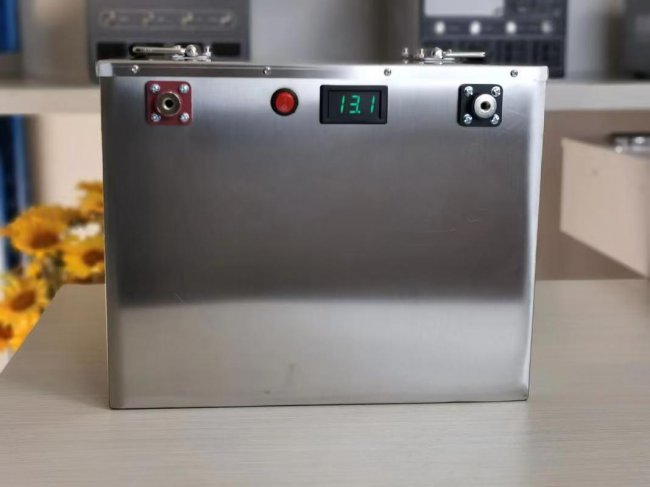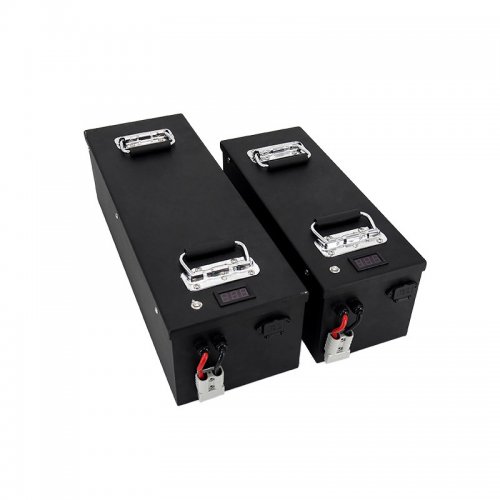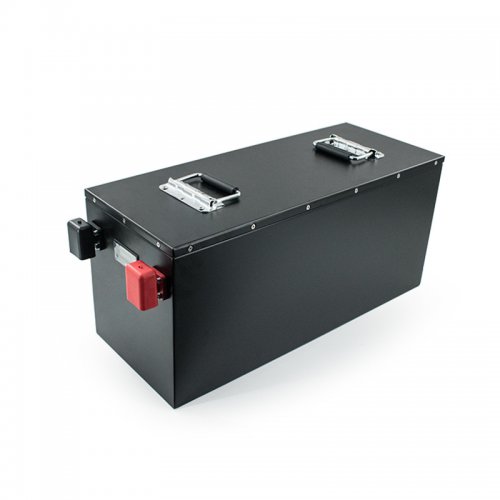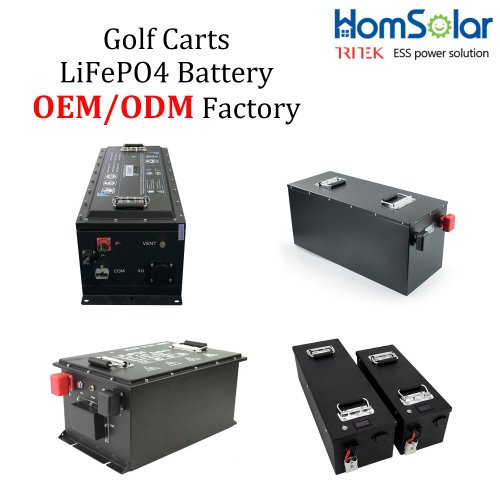Backsheet buoyed PV manufacturers
Polymer backsheets have received little attention in recent years, amid doubts about durability and limited transparent polymer options. Module makers have instead used glass on both sides, particularly in the large-scale project segment. Around 45% of modules currently being produced still feature backsheets, and while the trend toward glass-glass is set to continue, backsheet demand is reportedly rising.
“Forecasts indicate that the global demand for polymer backsheet materials will grow at an annual compound growth rate of 12% from 2021 to 2030,” said Karl Melkonyan, principal analyst for solar at S&P Global. “However, the overall share of all PV backsheet materials is expected to decline by approximately 3% per year during the same period, largely due to the rising trend of glass-glass modules.”
A recent change in backsheet material may have gone under the radar for many. Until 2020, backsheets typically comprised a core PET layer laminated with polyvinyl fluoride (PVF) or polyvinylidene fluoride (PVDF), but CPC products are replacing that option.
Three of China’s largest backsheet suppliers – Jolywood, Cybrid, and First PV Materials – confirmed to pv magazine that CPC products are now mainstream and amount to more than half of their backsheet sales, or more than 90% in Jolywood’s case.
The change has been rapid. Speaking at the European Photovoltaic Solar Energy Conference and Exhibition (EUPVSEC) in September 2024, Gernot Oreski, division manager at Austria’s Polymer Competence Center Leoben (PCCL), noted data estimating CPC-backsheet product market share rose from around 10% in 2020 to 50% in 2022.
That share is now likely larger, with Melkonyan stating that “recent market trends indicate that the share of CPC backsheets has more than doubled within a year.”
Manufacturers confirm that cost reduction is the main reason for the material switch. Cheng Xudong, general manager of Jolywood’s new material business unit, explained that laminated backsheets require additional adhesives and films, which have seen recent price increases and import restrictions. The lamination process itself also comes with additional costs. “Coated backsheets use fluorocarbon coatings as raw materials, which have a wide range of sourcing channels and are cost-controllable,” said Cheng. “Coated backsheets have a simpler production process, with lower investment costs for coating equipment and less energy consumption.”
CPC advantageBacksheet manufacturers say that, aside from cost reduction, they see other benefits to using coated rather than laminated products. Cheng said that the adhesives used in lamination are often a weak point, as they are known to soften or debond under conditions of high temperature or humidity. He also noted that a properly applied and cured coating can form a dense structure on the surface of the backsheet while lamination can leave gaps between the two film layers, potentially allowing moisture and oxygen to reach a module’s inner workings.
Cheng added that CPC backsheets bring further advantages in terms of flexibility, since coating formulas can be adjusted to develop backsheets with performance characteristics to suit different installation environments and different base film materials can also be trialed. “By adjusting parameters such as coating thickness, hardness, and color, they can adapt to different climatic conditions and installation requirements and develop a more diverse range of backsheet products,” he said.
The Jolywood representative further noted that CPC comes with environmental benefits compared to laminated backsheets, since separating and recycling a coating and base polymer is much simpler than pulling apart laminated layers. They also offer a reduction in the use of adhesives and solvents and a thin coating consumes less material, and less toxic fluoropolymers, than a full additional layer laminated on top of a core layer.
Put to the testPV researchers and industry observers, however, are now noting a serious lack of data to back up CPC performance claims. They have warned that PV manufacturers may have been reckless in adopting a new material in mass production without a full understanding of its performance in the many different climates and environments solar is being installed in. “The shift raises significant reliability concerns,” said Melkonyan. “The reduction in fluorine quantity and thickness compromises the protective qualities that are crucial for the durability of PV modules. As the industry pushes for cost reductions, the quality of materials may inadvertently suffer, leading to premature failures and safety issues.”
Backsheet manufacturers state that their CPC products are tested to and beyond the standards specified by the International Electrotechnical Commission (IEC). With backsheets in particular, well documented performance issues in the field show IEC tests are designed only to root out serious design flaws, not to prove long-term reliability.
Customized/OEM/ODM Service
HomSolar Supports Lifepo4 battery pack customization/OEM/ODM service, welcome to contact us and tell us your needs.


HomSolar: Your One-stop LiFePO4 Battery Pack & ESS Solution Manufacturer
Our line of LiFePO4 (LFP) batteries offer a solution to demanding applications that require a lighter weight, longer life, and higher capacity battery. Features include advanced battery management systems (BMS), Bluetooth® communication and active intelligent monitoring.

Customised Lithium Iron Phosphate Battery Casing
ABS plastic housing, aluminium housing, stainless steel housing and iron housing are available, and can also be designed and customised according to your needs.

HomSolar Smart BMS
Intelligent Battery Management System for HomSolar Energy Storage System. Bluetooth, temperature sensor, LCD display, CAN interface, UART interface also available.


Terminals & Plugs Can Be Customized
A wide range of terminals and plugs can be customised to suit the application needs of your battery products.

Well-designed Solutions for Energy Storage Systems
We will design the perfect energy storage system solution according to your needs, so that you can easily solve the specific industry applications of battery products.



About Our Battery Cells
Our energy storage system products use brand new grade A LiFePO4 cells with a battery lifespan of more than 4,000 charge/discharge cycles.



Applications in Different Industries
We supply customized & OEM battery pack, assemble cells with wiring, fuse and plastic cover, all the cell wires connected to PCB plug or built BMS.
Applications: E-bike, Electric Scooter, Golf Carts, RV, Electric Wheelchair, Electric Tools, Robot Cleaner, Robot Sweeper, Solar Energy Storage System, Emergency Light, Solar Power Light, Medical Equipment, UPS Backup Power Supply.
We can provide you with customized services. We have the ability to provide a vertical supply chain, from single cells to pack/module and to a complete power solution with BMS, etc.


HomSolar (Shenzhen) Technology Co., Ltd







